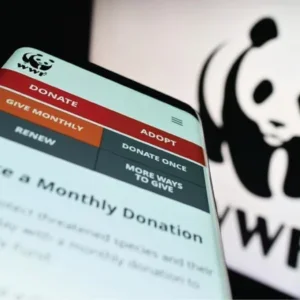The results of Pielespana, held last week in Barcelona, recorded an increase in foreign trade visitors. There was also a 69% rise in international exhibitors. However, a slight drop in national visitors over the previous year, gave a final audience figure of 13,061.
The 1,483 foreign visitors came from 55 different countries; last year only 40 countries were represented. According to volume, Türkiye led, followed by Portugal, France, Italy and Korea. There was a significant increase in the number from Russia, Korea and Germany.
Pielespana International, which opened at the Fira de Barcelona on January 17, consisted of 182 exhibitors, 61 of which were foreign, with a large Italian presence consisting of individual firms and two groups: one from the Campania region and the other from the Avellino Chamber of Commerce.
Nationally, Pielespana had nine exhibitors from Spanish autonomous communities. After the success of their experience at the two previous events, the Balearics Government was once again present with 15 exhibiting companies.
One of the new features of this year was an exhibition of a selection of pieces from the Museu de la Pell d’Igualada i Comarca de L’Anoia, which illustrated the evolution of the tanning process, from the pre-industrial phase to industrialisation.
The fashion show programme ‘Exhibition Proposals’, in which 15 firms participated, as well as that of the ‘Balears és Moda’ group, which featured the collections of the 13 firms from this community, were very well received by visitors, who praised the originality and creativity of the collections. According to data from the organisation, the fashion shows (three daily sessions over three days) had an audience of around 9,000 people.
One of the highlights of this year’s Pielespana catwalk was the primitive aspect of garments, inspired at first sight by prehistoric man. A closer look, however, revealed a series of treatments on the skin, which would have required the use of the most sophisticated 21st century technology.
This was not the only trend to appear on the catwalk and appeared alongside other more classic or conventional ones, such as skirt suits for ladies made from very soft nappa and fitted coats and jackets in nappa or doubleface, mostly in tones which went from brown to beige, without forgetting the occasional white.
A recurring trend was the use of the so-called shaved doubleface. By shaving sheep or rabbit skins to a minimum, the skins can be used both inside and outside of garments and, sometimes, even for reversible models.
Both the catwalk and the exhibition featured laser die-cut doubleface, jungle suede, aged leather, printed nappa simulating ink stains, mixtures of different materials in the same garment (including textiles) or adornments made from strips of nappa on doubleface garments simulating original arabesque engravings. Another trend common to many firms was the use of trimmings or tapestry brocades covering stitching or, sometimes, even as fitted belts.
Pielespana International is promoted by the Asociación Catalana Empresarial de Confeccionistas en Ante Napa y Doble Faz, and has the collaboration of COPCA (Consorci de Promoció Comercial de Catalunya); CEC-FECUR (Confederación Española de Curtidores) and ICEX (Instituto Español de Comercio Exterior).






